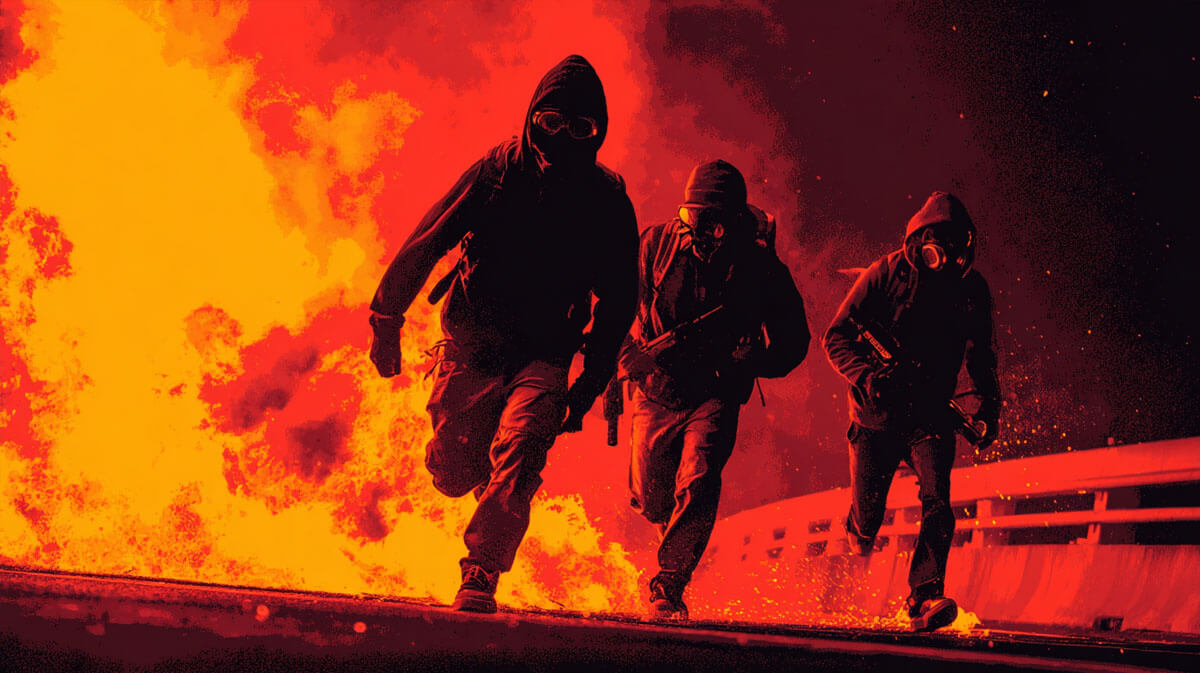The circulation of an instructional guide detailing the creation of incendiary devices designed to damage critical infrastructure cables has raised alarms about potential domestic terrorism. Independent journalist Andy Ngo highlighted the guide's existence, which is being shared by social media accounts connected to Antifa ideologies. The guide, titled "Burning Cables for Beginners," surfaced online, disseminated by the "Anarchist Federation News," a hub for anti-government and radical leftist content.
The guide provides a meticulous walkthrough on committing arson with the objective of crippling essential infrastructure. It specifically targets cables that are integral to rail systems and communication networks, which are crucial for public and private sector operations nationwide. Despite the technical nature of the instructions, the guide includes a cautionary note advising against printing the material to mitigate the risk of being traced by law enforcement.
This development comes amid a spate of incidents involving Antifa-aligned groups, which have included property damage and disruptions on university campuses. For instance, last week at the University of Washington in Seattle, individuals wearing black bloc tactics occupied a university building and set dumpsters ablaze, significantly hindering access and safety. These activities have continued without immediate arrests or public accountability for the actions.
The dissemination of such a guide underscores the growing concern regarding national security vulnerabilities. Infrastructure such as transportation, communication, and public utilities are now explicitly targeted by groups that propagate resistance against state structures. Despite the potential threat, there has been no reported moderation action against the social media account that shared the guide.
At the federal level, officials have been warning about the risks posed by domestic extremist groups. Although Antifa is not recognized as a formal organization, its associated networks have been involved in numerous acts that have disrupted public order and damaged property. Andy Ngo's reporting on Antifa activities has been critical in raising awareness about the tactics employed by these groups and the associated risks.
The continued presence of the guide online calls into question the efficiency of law enforcement's response to such provocations. Agencies are actively monitoring domestic threats linked to anarchist and anti-state movements, but the strategic distribution of sabotage instructions marks an escalation in the challenge to national security.

